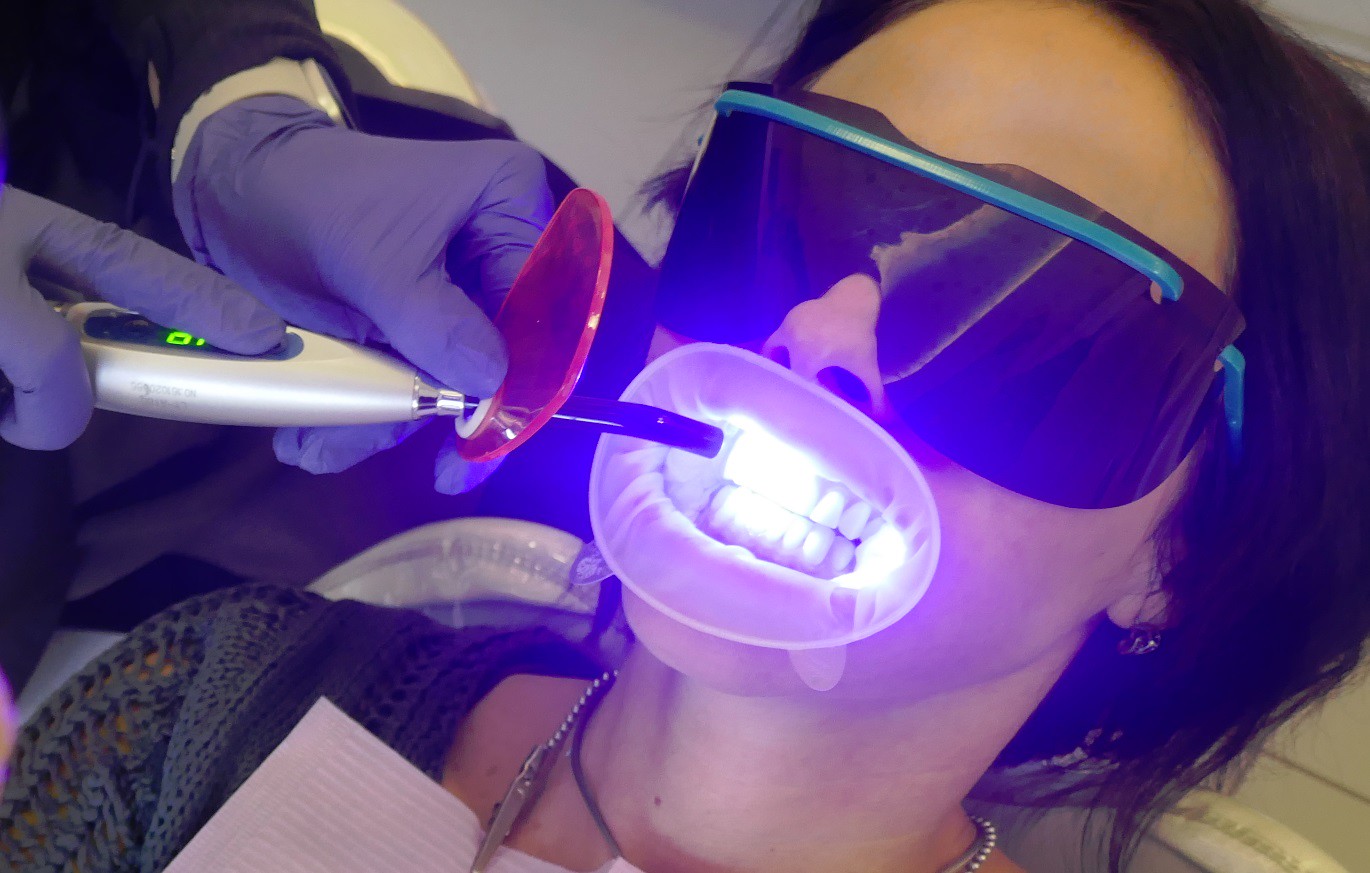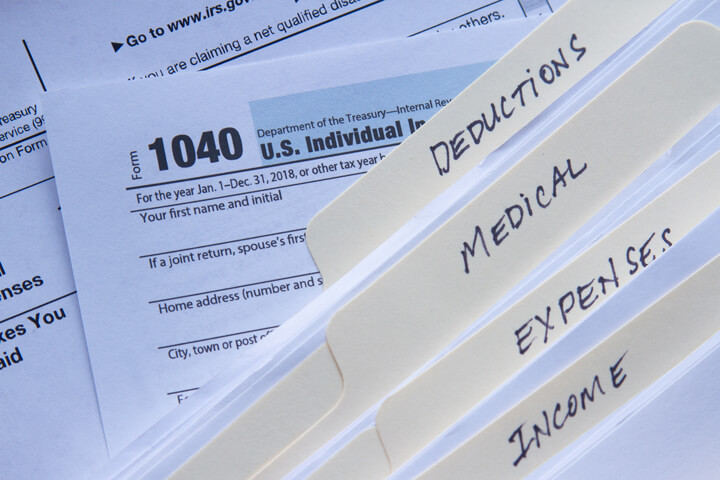Dental expenses can be a big part of an individual’s or a family’s medical expenses.Dental procedures such as root canals, fillings and repairs, and braces can run into the hundreds and even thousands of dollars. It would be great if these procedures were all tax deductible, but this is not always the case. Many dental procedures are not fully covered by dental insurance even if one has insurance, so people can end up paying the entire cost out-of-pocket.
Uncertainties about whether a particular expense is tax deductible can be resolved if one consults an accountant or other tax professional. This post will provide some general guidance and provide examples in order to easily distinguish those expenses that are eligible for tax deductions from those that are not.
The Basics: Itemized Deductions, Credits vs. Deductions, and AGI
In order to qualify for deductions, tax filers must file an itemized tax return. Tax filers will need to file a Schedule A, Form 1040 (Itemized Deductions). If individuals file an itemized return, then some of their dental expenses may qualify as itemized deductions. Often it is better for people with dependents to file using the standard deduction, but then they cannot itemize their deductions.
Another thing to keep in mind is the difference between a tax deduction and a tax credit. Tax credits reduce the amount of tax individuals owe, while tax deductions reduce the amount of an individual’s taxable income. Some expenses may qualify individuals for tax credits; for example expenses covered under the Health Coverage Tax Credit, but of course these are not deductions on taxable income.
Finally, Adjusted Gross Income (AGI) is the total amount of money you made in a year minus any qualifying adjustments such as alimony payments or moving expenses. Here we are interested in the deductions that individuals may take from their Adjusted Gross Income (AGI) for dental expenses.
Dental Expenses Are Medical Expenses

This may seem obvious, but it is important to keep in mind that some dental expenses are a type of medical expense. Hence, the same restrictions that cover deductions for medical expenses also cover deductions for dental expenses.
For example, if individuals are reimbursed by their employer for medical expenses, then they are not permitted to deduct them from their taxes. The IRS defines medical expenses as “payments for the diagnosis, cure, mitigation, treatment, or prevention of disease, or payments for treatments affecting any structure or function of the body.” Furthermore, individuals may only deduct medical expenses once these expenses exceed 7.5% of their Adjusted Gross Income.
Examples of Eligible Dental Expenses
If individuals are eligible to deduct their dental expenses and they are not self-employed, here are some common deductible medical/dental expenses:
- Payments to dentists or oral surgeons.
- Payments for medicines prescribed by a dentist or oral surgeon.
- Payments associated with travel and admission to a medical conference if this conference deals relates to a chronic illness that the tax filer or a dependent suffers from. (However, note that meals and lodging are not deductible expenses.)
- Payment for travel costs associated with the treatment itself, including taxi fare, ambulance, or mass transit.
- Under certain circumstances, individuals may be able to deduct expenses associated with insurance premiums for long-term care. However, if the tax filer is an employee, then any employer-sponsored insurance is not tax deductible unless the premiums can be found in Box 1 of the W-2 Wage and Tax Statement.
- Finally, individuals can deduct the costs for dental appliances and treatments such as false teeth.
The IRS Publication 502 details specific dental procedures that are tax deductible. Basically, any treatment to prevent or alleviate dental disease is considered tax deductible. This includes the following procedures:
- Teeth cleanings, sealants, and fluoride treatments are examples of common preventive treatments.
- X-rays, fillings, extractions and root canals are examples of treatments that alleviate dental disease.
Finally, keep in mind that the rules for tax deductions differ if you are self-employed. For example, individuals who are self-employed may be eligible to deduct the premiums paid for dental insurance.
Aesthetic Dental Expenses

If the dentist fills a cavity or provides a root canal, this is a medically necessary procedure. But not every dental procedure is medically necessary.
While preventive treatments and treatments that alleviate dental disease are always medically necessary, cosmetic or aesthetic procedures are rarely so, and therefore they may not qualify as deductible dental expenses. Indeed, people often seek treatment from dental professionals because they would like their crooked teeth straightened or their stained teeth whitened. The IRS explicitly states that expenses associated with cosmetic surgery, including cosmetic dentistry, are not eligible for tax deductions.
Cosmetic surgery “includes any procedure that is directed at improving the patient’s appearance and doesn’t meaningfully promote the proper function of the body or prevent or treat illness or disease.” Though this definition seems straightforward, often it is not easy to tell the difference between a cosmetic procedure and one that is eligible for tax deductions. As the IRS notes, under certain circumstances cosmetic surgery can be tax deductible. For example, a reconstructive surgery for an individual that suffered an accident or other trauma is considered a tax-deductible expense. Similarly, a patient who suffered an accident and needed reconstructive oral surgery as a result could deduct the costs of the surgery.
The difficulty arises because some cosmetic procedures can be medically necessary. As American Cosmetic Dentistry points out, often a medically necessary procedure can have aesthetic results as well. A procedure to fix a chipped front tooth can be necessary to prevent further decay, but it also improves the patient’s smile. Braces are another common example of a procedure that can often be considered both a cosmetic and a medically necessary procedure. Teeth whitening is only a cosmetic procedure, so such procedures are never tax deductible.
Patients should make sure to inform their dental professional if they are planning to use the procedure as a deductible expense, because the procedure will need to be coded properly on their chart in order to be eligible for the tax deduction. (Patients who do not have a regular dentist can use our appointment finder to find a dental professional in their area).
As a reminder, make sure to consult an accountant or other tax professional before deducting dental or other medical expenses.


